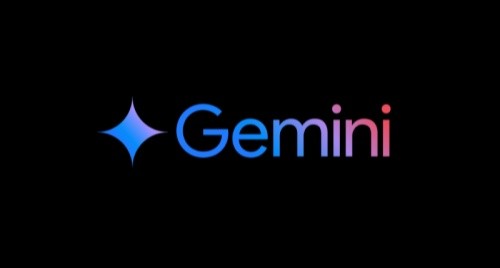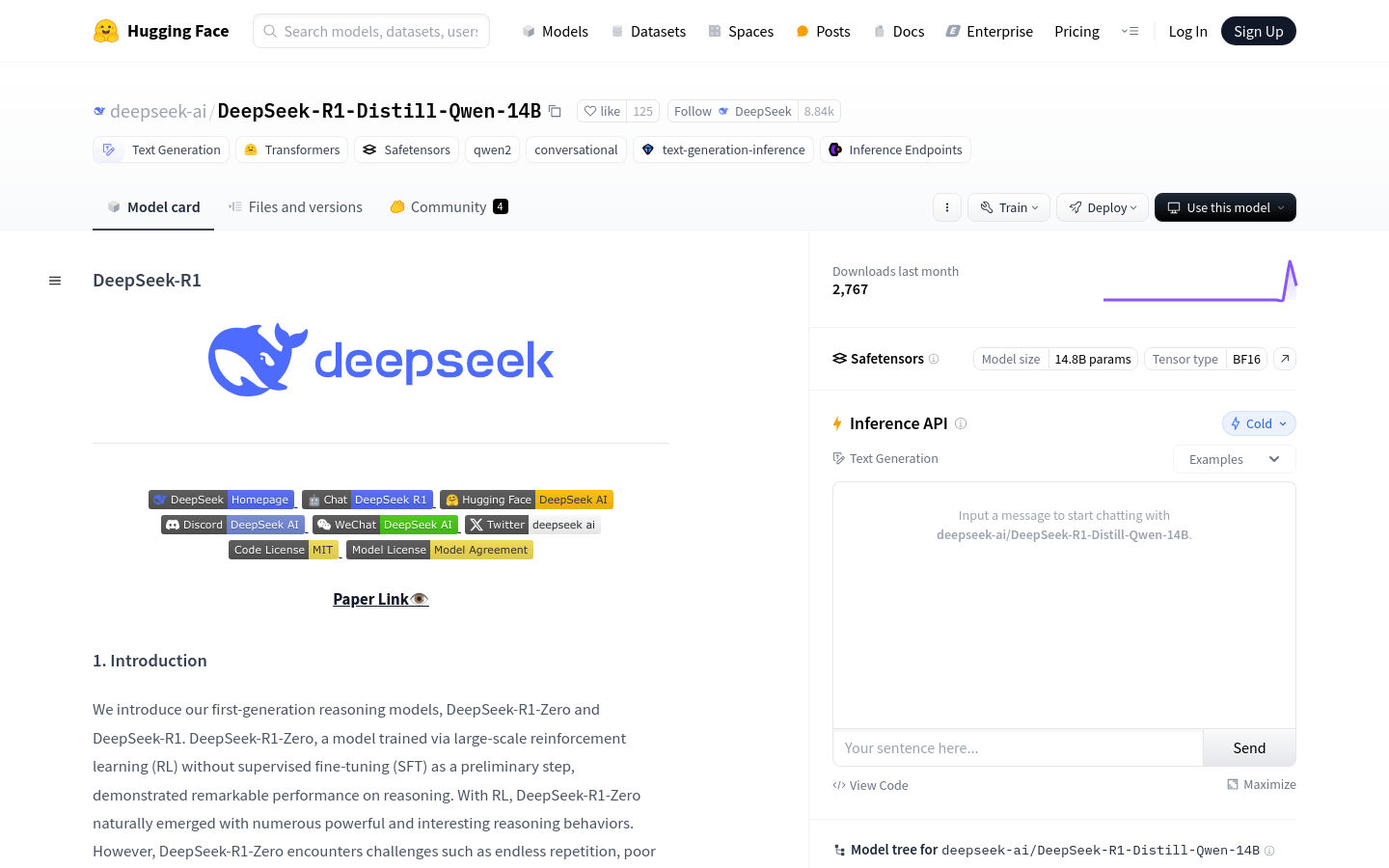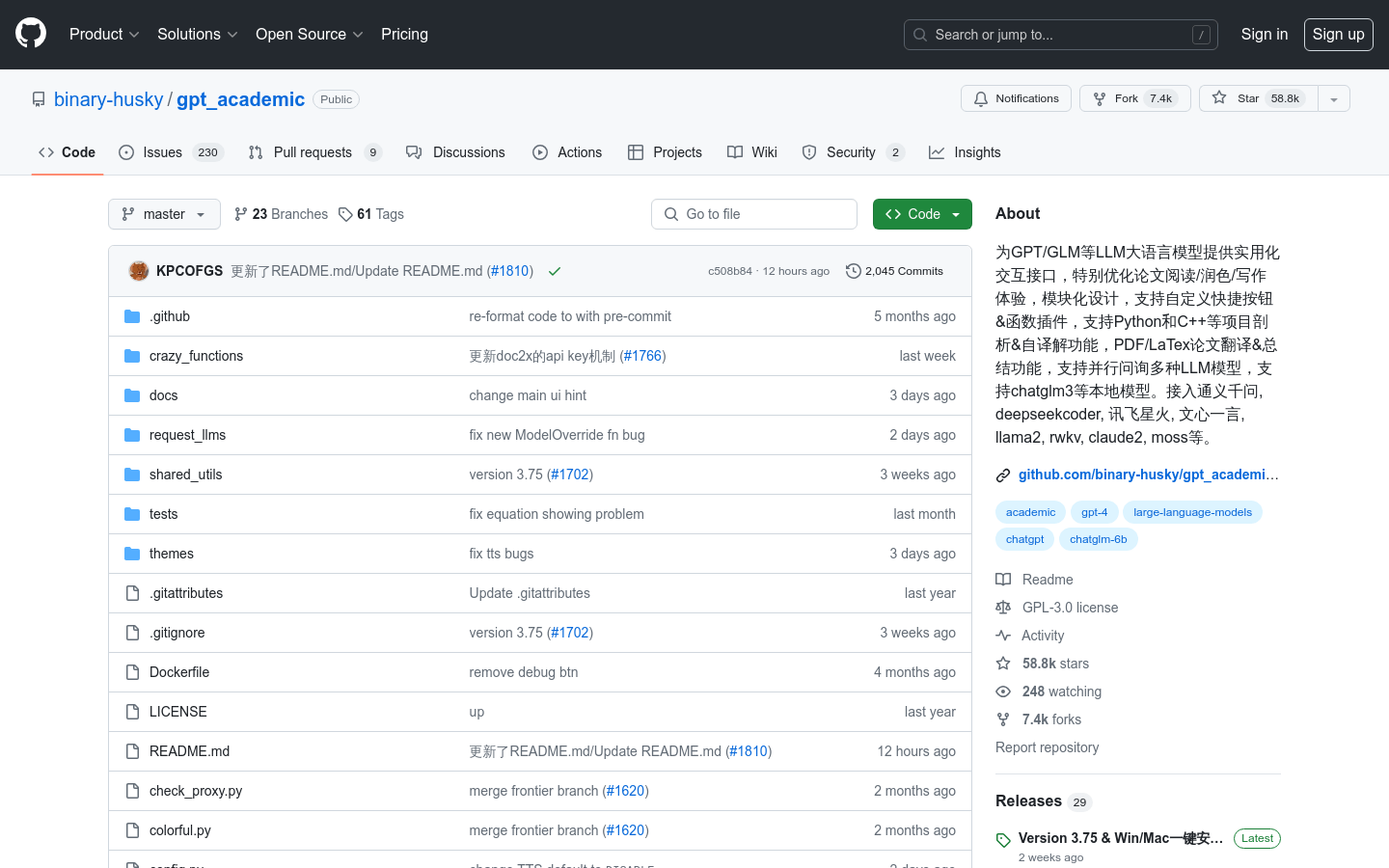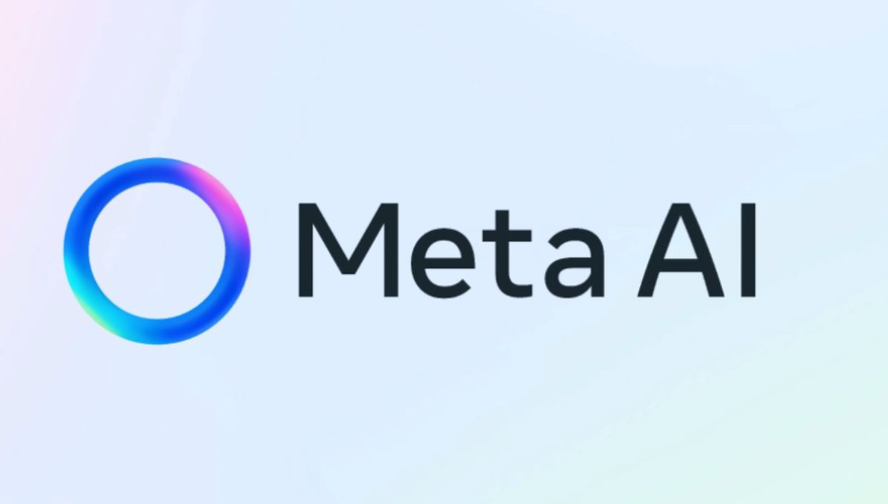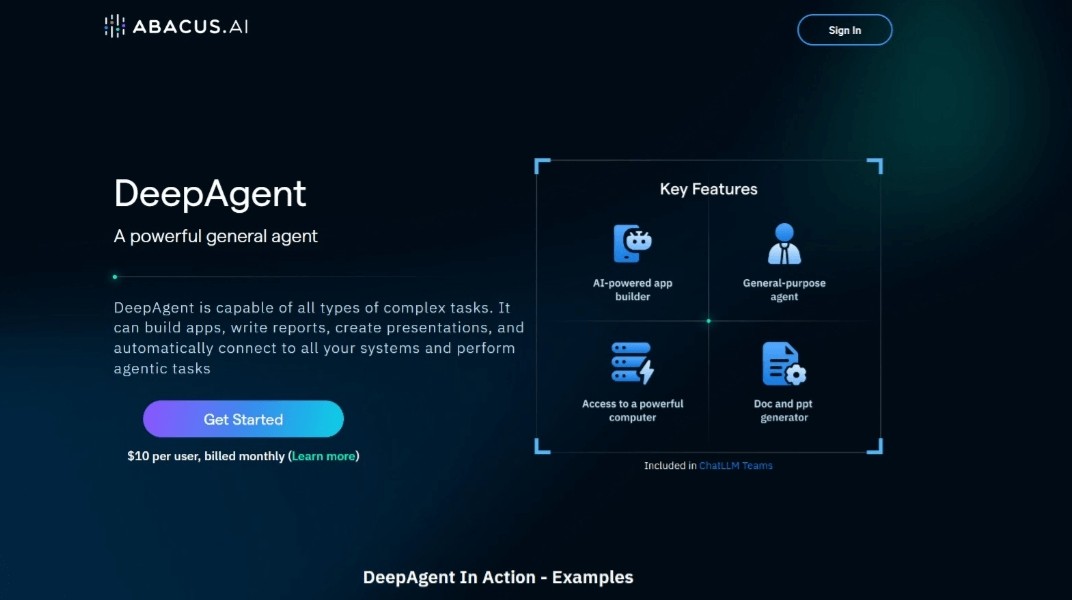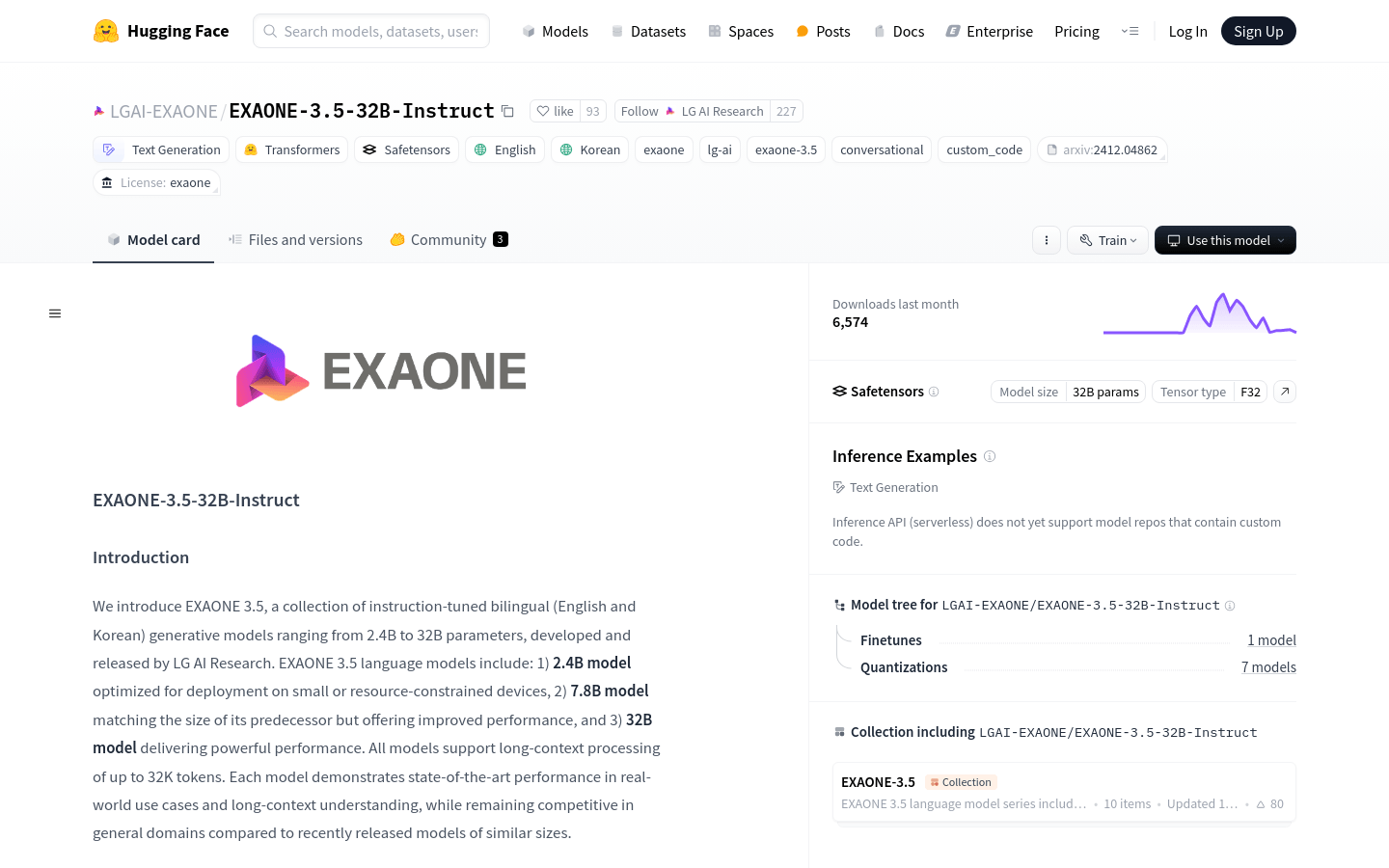
EXAONE-3.5-32B-Instruct is a series of instruction-tuned bilingual (English and Korean) generative models developed by LG AI Research, containing different models from 2.4B to 32B parameters. These models support long context processing up to 32K tokens and demonstrate state-of-the-art performance in real-world use cases and long context understanding, while maintaining performance in the general domain when compared to recently released models of similar size. competitiveness.
Demand group:
"The target audience is developers and researchers who need to generate and process text in multiple language environments. Since the model supports long context processing and bilingual capabilities, it is particularly suitable for scenarios that need to process long texts and multilingual data, such as machine Translation, text summarization, dialogue system, etc. "
Example of usage scenario:
Use the EXAONE-3.5-32B-Instruct model to develop a multilingual chatbot to provide a smooth conversation experience.
Use this model in machine translation projects to achieve efficient translation from English to Korean.
As an aid to content creators, use this model to generate creative copy and article drafts.
Product features:
Supports long context handling capabilities up to 32,768 tokens.
Demonstrate state-of-the-art performance across multiple real-world use cases.
Models with three different parameter sizes of 2.4B, 7.8B and 32B are provided to adapt to different deployment needs.
The model is instruction-tuned and is particularly suitable for conversation and text generation tasks.
Supports bilingual (English and Korean), broadening the application scope of the model.
The model performs well on multiple evaluation benchmarks, such as MT-Bench, LiveBench, etc.
Provides pre-quantized models that support different quantization types to optimize inference performance.
Usage tutorial:
1. Install necessary libraries such as `transformers` and `torch`.
2. Use `AutoModelForCausalLM` and `AutoTokenizer` to load the model and tokenizer from Hugging Face.
3. Prepare the input prompt (prompt), which can be in English or Korean.
4. Use the system prompts provided by the model to build a conversation message template.
5. Pass the message template to the tokenizer and obtain the input ID.
6. Use the `generate` method of the model to generate text.
7. Convert the generated tokens back to text using the tokenizer's `decode` method.

